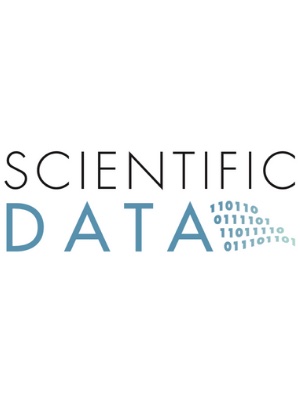The first geospatial dataset of irrigated fields (2020–2024) in Vojvodina (Serbia)
Abstract
Irrigation is a cornerstone of global food security, enabling sustainable agricultural production and helping to ensure that food is available for people around the world, now and in the future. Mapping irrigated fields provides valuable information for sustainable water management, agricultural development, and environmental conservation efforts. However, the collection of high-quality training data, which is necessary for accurate irrigation mapping remains costly and labour-intensive. To address this, we created a georeferenced regional dataset consisting of location, crop type, and occurrence of the irrigation equipment which are essential information for mapping irrigated fields. Four main irrigated crops were considered: maize, soybean, sugar beet, and wheat. The dataset, consisting of a total of 1256 parcels, is created for Vojvodina, the main agricultural area in Serbia, spanning the period of five years (2020–2024). This study’s goal is to give accessibility to our dataset which further can be explored and used for building or fine-tuning machine learning and deep learning models for the automatic detection of irrigated fields using satellite imagery.
Download full text in pdf format
 Published as:
Published as:
M. Radulović,
M. Markovic,
S. Brdar,
I. Athanasiadis,
G. Mimić,
The first geospatial dataset of irrigated fields (2020–2024) in Vojvodina (Serbia),
Scientific data, 12:105,
2025, doi:10.1038/s41597-025-04443-9.
You might also enjoy (View all publications)
- Corn yield estimation under extreme climate stress with knowledge-encoded deep learning
- AirCast: Improving air pollution forecasting through multi-variable data alignment
- A virtual lab maturity model for guiding the co-development of advanced virtual research environments
